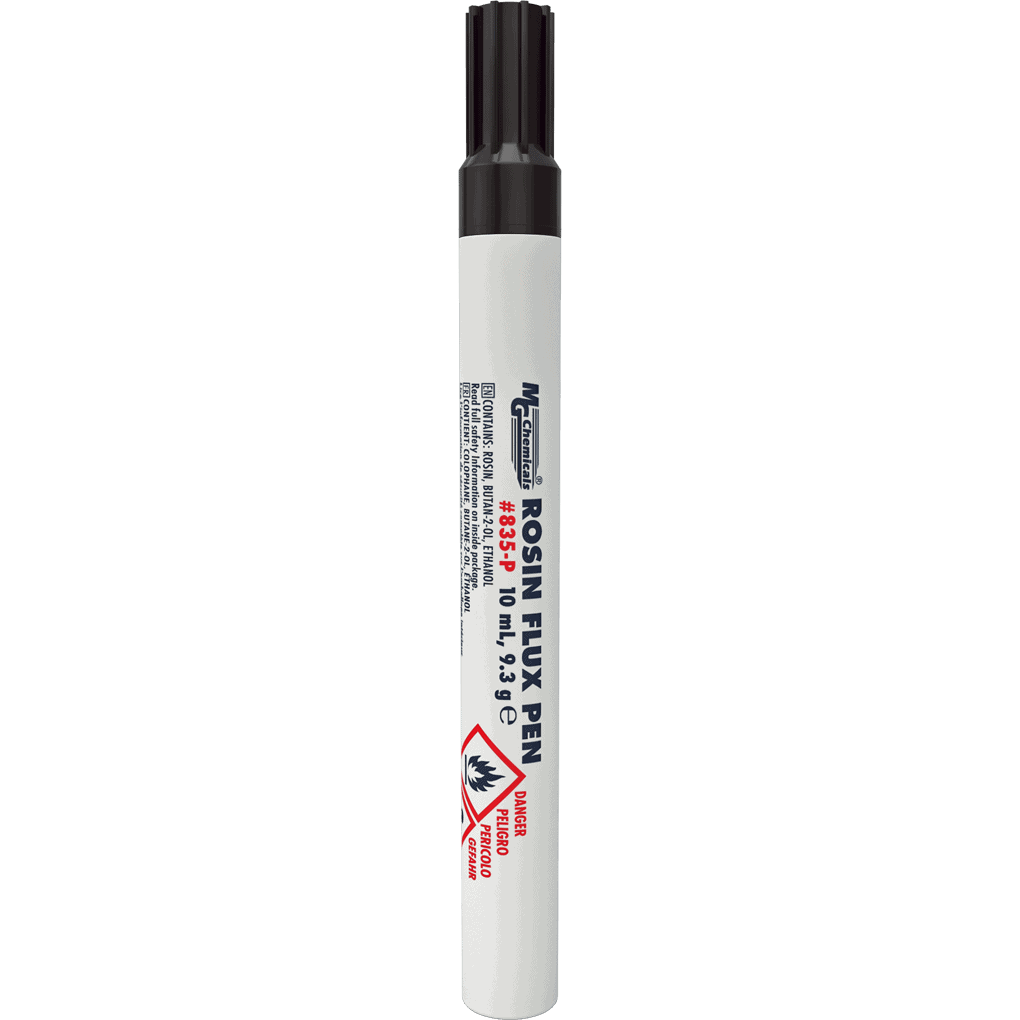

No-clean flux doesn’t require cleaning due to its low level of activity, but as a result, it is also not as effective in preparing the surfaces for soldering. This is very effective for preparing the surfaces for soldering but requires thorough cleaning and inspection soon afterward to guard against flux contamination or board damage if not removed in a timely fashion. The water-soluble fluxes made from organic materials other than rosin are extremely active during soldering. The flux also helps promote the wetting of the solder, which establishes how well the molten solder will flow onto the surfaces being joined.įluxes for soldering electronics are separated into three categories: Rosin, Water Soluble (or Organic Acid), and No-Clean. To help with the soldering process, flux is used to chemically clean the metal surfaces by removing the oxides as well as any other impurities. In the case of electronics, these oxides can impede the formation of a good solder joint during circuit board assembly.

When metal is exposed to air, oxides can form on unprotected surfaces. There’s more to tell concerning this secret ingredient let’s explore the use of rosin flux in PCB assembly. Different types of flux are distinguished by the base materials used to create it, with rosin being one of the more common variants used in circuit board assembly. Flux facilitates this soldering process by cleaning the metal surfaces before they are fused. Solder is a combination of metal alloys that, after melting, fuses the pin of a component to a metal pad or hole on a circuit board to create an electrically conductive connection. Working together with the solder is a substance that many aren’t aware of called flux, but without it, we wouldn’t be able to reliably solder a single part. They aren’t the only ones to rely on a secret, though soldering electronic components to a circuit board relies on a hidden ingredient, as well. Many popular foods and restaurant chains raise interest in their products by advertising a “secret” ingredient.


 0 kommentar(er)
0 kommentar(er)
